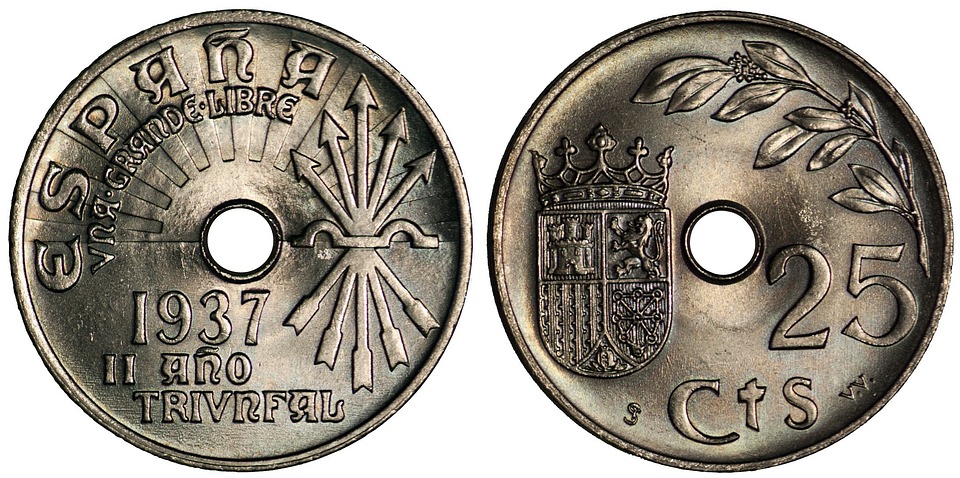Introduction
Zaragoza, the capital city of Spain’s Aragon region, is known for its vibrant festivals and rich cultural traditions.
With its lively celebrations, historical significance, and a deep-rooted sense of community, Zaragoza offers a unique
experience that truly showcases the essence of Spanish culture. From religious processions to traditional dances, this
article explores the festivals and traditions that make Zaragoza an enchanting destination for both locals and tourists.
The Pilar Festival
The Pilar Festival is Zaragoza’s most renowned celebration, attracting millions of visitors annually. Held in honor of the
Virgin of the Pilar, the patroness of the city, the festival takes place every October and lasts for nine days. It is a
joyous occasion filled with music, fireworks, parades, and religious ceremonies. The highlight of the festival is the
offering of flowers to the Virgin of the Pilar, where thousands of people take part in a procession to the Basilica del
Pilar, adorned with roses and chrysanthemums, creating a breathtaking sight.
The La Cincomarzada
La Cincomarzada is a unique festival celebrated on the 5th of March. It commemorates the defense of the city against the
French army during the First Carlist War in 1838. On this day, locals gather in parks for picnics and socialize with their
friends and families. It is a time of unity and solidarity, where Zaragozans proudly display their city’s resilience and
patriotism.
The Holy Week Processions
As in many Spanish cities, Zaragoza’s Holy Week, or Semana Santa, is celebrated with solemn processions to commemorate the
Passion of Christ. Religious brotherhoods, dressed in traditional robes, carry elaborate floats through the streets,
accompanied by haunting music. The streets of Zaragoza come alive as locals and visitors gather to witness these
spellbinding processions and pay their respects.
The Fiestas del Pilar
Aside from the Pilar Festival, Zaragoza hosts a wide range of other festivities as part of the Fiestas del Pilar. These
include bullfighting, traditional music and dance performances, street parties, and an amusement fair. Plaza del Pilar,
the city’s main square, becomes the heart of the celebrations, brimming with energy and excitement. It is a time for
indulging in culinary delights, experiencing traditional folklore, and truly immersing oneself in the vibrant ambiance of
Zaragoza’s culture.
The Jota Dance
The Jota is a traditional dance that originated in the region of Aragon and is an integral part of Zaragoza’s cultural
identity. This lively and energetic dance is performed by couples, accompanied by a regional instrument called the “guitarro”
and traditional costumes. The Jota is often seen during festivals and important celebrations throughout the year, where
locals passionately express their love for the dance and their pride in their Aragonese roots.
FAQs
Q: What is the best time to visit Zaragoza for experiencing its festivals?
A: The best time to visit Zaragoza for experiencing its festivals is during the Pilar Festival in October. However, Zaragoza
hosts various cultural events throughout the year, so there is always something to celebrate.
Q: Are the festivals open to both locals and tourists?
A: Yes, all the festivals in Zaragoza are open to both locals and tourists. The city welcomes visitors with open arms to
immerse themselves in the rich Spanish culture.
Q: Are there any COVID-19 safety measures in place during the festivals?
A: In light of the pandemic, the local authorities have implemented safety protocols and guidelines to ensure the health
and safety of attendees. It is advised to check the latest updates and follow the recommended measures during your visit.

